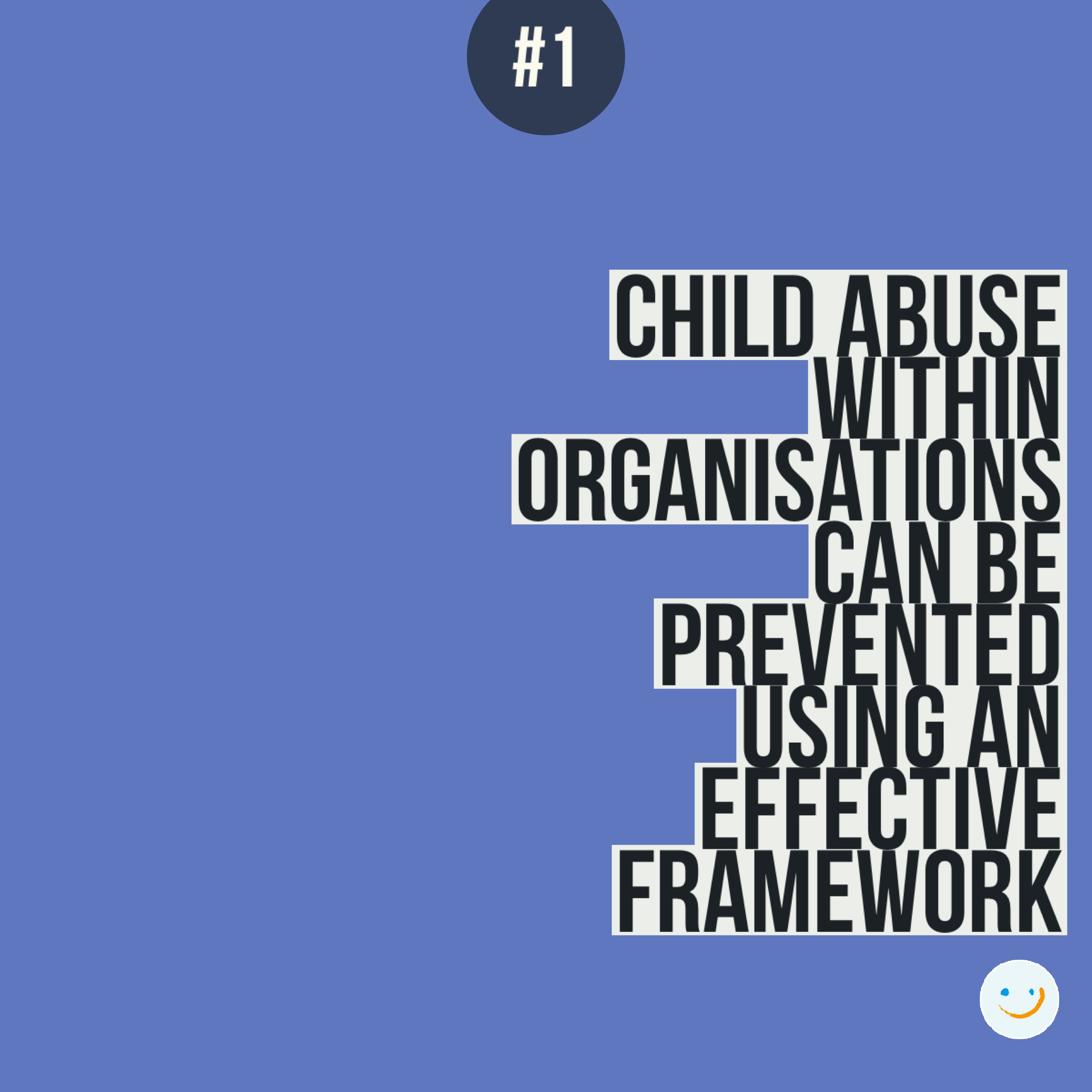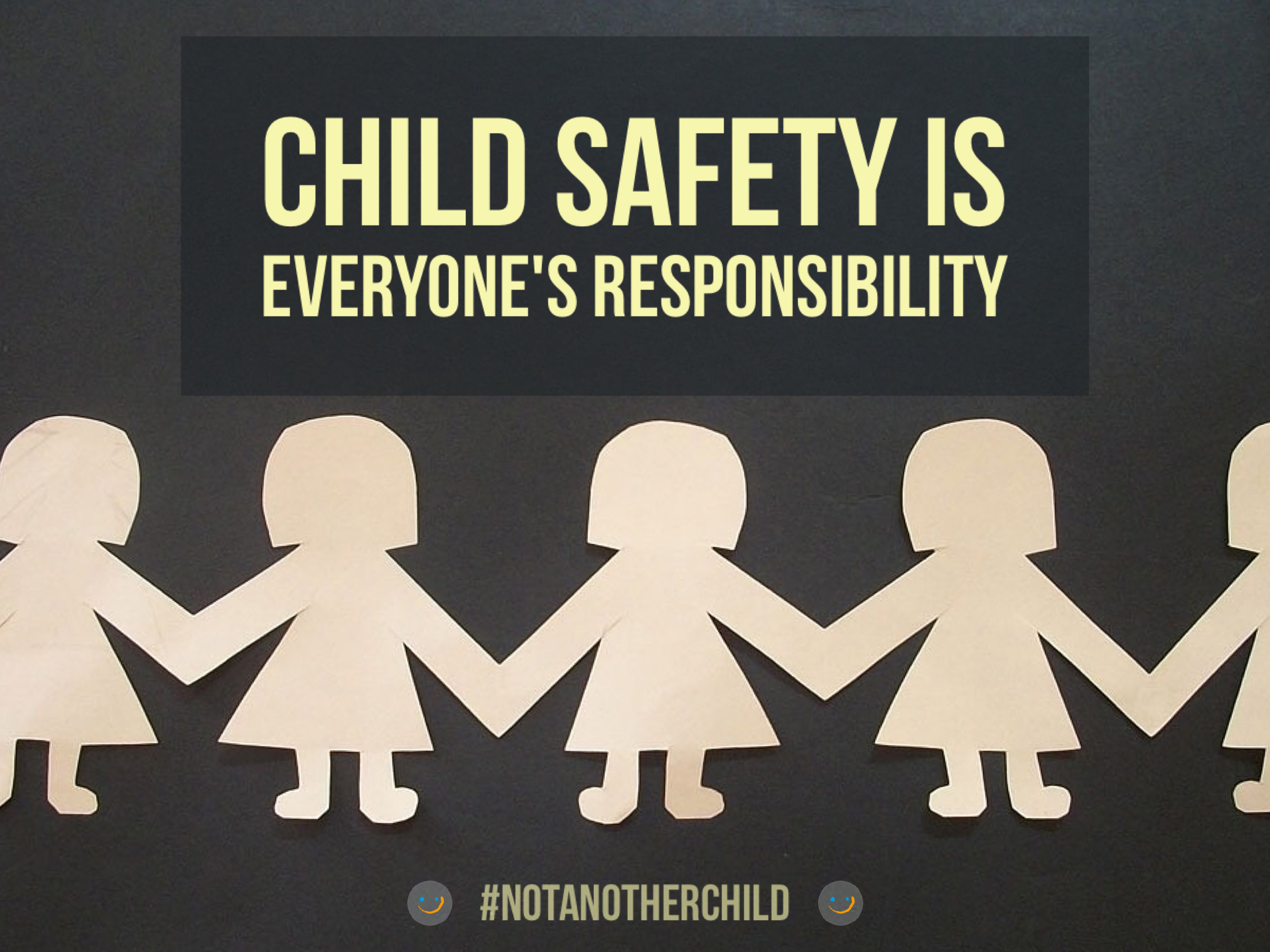
Important information before Parliament now – Child Safe Standards and your organisation

This article was authored by Monique Blom, National Manager,
Safeguarding Children Program at the Australian Childhood Foundation.
The Australian Childhood Foundation welcomes the changes as proposed in the Child Wellbeing and Safety Amendment (Oversight and Enforcement of Child Safe Standards) Bill 2016, (the bill).
The bill proposes amendments to the Child Wellbeing and Safety Act 2005 to better protect children from the risks of abuse by providing for the oversight, monitoring and enforcement of the compliance with the child safety standards by the Commission for Children and Young People.
This is the next phase of the Victorian Government’s introduction of compulsory/mandatory Child Safe Standards for both funded and non-funded organisations which work with children in Victoria and shows this government’s ongoing commitment to implement the key recommendations arising from the landmark Betrayal of Trust Inquiry.
The Australian Childhood Foundation is committed to working with organisations to meet the new standards, through the Safeguarding Children Accreditation Program and through the work being undertaken nationally through the Safeguarding Children and Young People in Sport program. The most critical component of child safety is the development and sustainability of strong child-centric culture.
 These programs highlight our belief that child abuse within organisations can be prevented using an effective framework that embeds a commitment to children into the everyday practices, policies and cultures of organisations.
These programs highlight our belief that child abuse within organisations can be prevented using an effective framework that embeds a commitment to children into the everyday practices, policies and cultures of organisations.
Recap on Child Safe Standards
The Child Safe Standards legislation ensures that organisations providing services to children comply with a minimum standard for child safety, as children have the right to feel safe and be protected from sexual, physical and emotional abuse.
Many organisations may have existing policies and procedures, which aim to keep children safe. The child safe standards and the accompanying compliance framework will, as far as possible, use existing mechanisms to improve child safety in organisations and increase consistency across sectors.
The Child Safe Standards legislation applies to organisations in a two-phased approach:
Phase I: Organisations that provide services for children that are government funded and / or regulated from 1 January 2016. Such organisations include, but not limited to, government departments themselves, out-of-home care providers, hospitals, early childhood services along with other health providers. It is important to note that for these category 1 organisations, existing regulatory and funding arrangements will continue to be generally available to monitor and promote compliance with the child safe standards.
Phase II: Application to other organisations (category 2 organisations – such as sporting clubs and religious organisations) that provide services to children from the 1st of January 2017. The application to these organisations will make a considerable difference, as most category 2 organisations currently have no or limited child safety oversight and/or regulation.
So what are the proposed changes within the bill and who will monitor the oversight and compliance?
There are additional responsibilities proposed for the Commission for Children and Young People, Victoria.
The Commission for Children and Young people will support and promote compliance with the Child Safe Standards. The bill specifies that the Commission will align with, and be principally guided by the approach taken by the Royal Commission into Institutional Responses to Child Sexual Abuse with regards to building the capacity of, and supporting, organisations.
In addition, the bill enables the Commission for Children and Young People to enforce and monitor standards, taking action when necessary by giving power to the Commission for Children and Young People to:
- work with relevant regulators to promote and require compliance with the standards;
- request (and if necessary, compel) relevant information and documents from organisations;
- visit an organisation’s premises to undertake routine monitoring and observe child safety practices and request information;
- conduct reviews of organisations’ child safety practices;
- issue notices to comply to make it clear what an organisation needs to do to improve its child safety practices; and
- seek a declaration from a court that an organisation has not complied with the notice and to apply for a civil financial penalty.
The Commission for Children and Young People will not duplicate or replace existing regulatory arrangements. The bill provides principles and requirements which promote the Commission for Children and Young People working with existing statutory regulators and funding bodies.
 The aim of this approach is to reinforce one of the underpinning aims of the Child Safe Standards: child safety is everyone’s responsibility.
The aim of this approach is to reinforce one of the underpinning aims of the Child Safe Standards: child safety is everyone’s responsibility.
A further aim of the Child Safe Standards is to drive continuous improvement. Under the bill, the Commission for Children and Young People will be obligated to give advice to relevant ministers and department secretaries about the child safety practices in organisations.
This bill proposes amendments to the Commission for Children and Young People Act 2012 to enable the review of the administration of the Working with Children Check to be undertaken every three years, rather than annually. This is in consideration of the consistently high levels of compliance with the working with children check scheme’s administration. Extending to three years enables the Commission for Children and Young People to focus on promoting the child safe standards.
There will be an ability to increase the quantity of the existing incident reporting numbers and performance measures already published by the Secretary to the Department of Health and Human Services proposed within the amendments to the Children, Youth and Families Act 2005.
The bill to amend the Child Wellbeing and Safety Act 2005 provides a mechanism to not only monitor and provide oversight and enforce compliance of the standards, it also affords the Commissioner for Children and Young People the additional capacity and resources work in partnership with the community to educate and provide guidance regarding the Child Safe Standards.
ACF recognises that for many organisations meeting the Child Safe Standards is a demonstration of their strong child-centric culture. It is the progression from compliance with standards to a sustainable child safe culture that protects children and young people in organisations.
The Safeguarding Children Program has a number of elements which can support organisations to prioritise the protection of children and their compliance with the Standards. The program offers the expertise to organisations to extend and validate their current approaches if they perceive a need for external support, training and independent evaluation, all within a framework aligning with the work of the Commissioner for Children and Young People and the Child Safe Standards.
If you would like to speak with a consultant at the Safeguarding Children Program, you can contact them via email by clicking here.
>Take me to Prosody Homepage
The proposed legislation can be found here: http://www.legislation.vic.gov.au/domino/Web_Notes/LDMS/PubPDocs.nsf/ee665e366dcb6cb0ca256da400837f6b/f807ff1cc9a29c84ca25802d007d46aa!OpenDocument
Note and reference: adapted from Parliament of Victoria – Hansard – Mr Foley, Second Reading 14 September 2016
Note and Reference: Safeguarding Children Program – ACF blog
